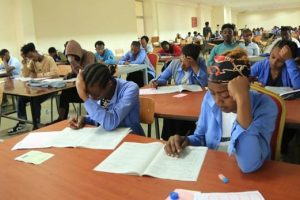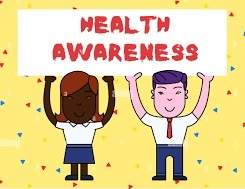Due to its geographical location, in and around Abay Gorge, East Gojjam is a naturally gifted area where many potential tourist attractions are found. The area is blessed with rich potential of natural, historical, religious, traditional and other tourist attractions. However, it’s potential for tourism remains untapped. East Gojjam, with its capital Debre Markos, is one of the ten zones in Amhara State. Debre Markos is named after its principal church, which was constructed in 1869 and dedicated to St. Markos. It was also the capital of Tekle Haymanot, king of Gojjam during his reign.
The area is bend the Abay River that characterizes the zone’s northern, eastern and southern boundaries. Amanuel, Debre Markos, Debre Werq, Mota, Debre Elias, Mertulemariam and others are the main cities and towns of East Gojjam. Choke Mountains are the highest point of the area and one of the most attractive tourist sites in the region. It is rich in fauna and flora species and is considered as the water tower of Nile basin countries with its height of 4100m above sea level.
It is also the source of more than 23 major rivers and 273 streams flowing into the Blue Nile. East Gojjam is also among the major pillars of church education in Ethiopia and is home to several traditional educational establishments, including the , Dimma Giorgis other Monasteries which have been the center of excellence in -poetry and other religious teachings.
The historic churches have served as repositories of invaluable religious books and artifacts. Debre, Bichena Giorgis, Dimma Giorgis, Mertulemariam, Washa Abba Teklehaimont, Debre Elias and other monasteries have been serving as the center of church education. These institutions follow Nebab bet (reading school), Qedasse Bet (Liturgy school), Zema Bet (Music school), Bet (Poetry school) and Metsehaf Bet (Literature school) which are only practiced in Ethiopia. In addition, the area hosts various cultural and religious festivals and events.
The earliest tradition of East Gojjam or Gojjam is renowned with unique traditional techniques of brewery, food processing preservation mechanisms. The area is noted for the versatility of folklore tradition in general and the depth and span of the oral poems of its peasantry in particular. Moreover, it is a repository of diverse aspects of other material culture including indigenous architectural knowledge, medicinal practices, agronomic and livestock husbandry skills as well as unique and locationspecific land and water management techniques. A rich legacy of a cottage industry that encompasses pottery, iron silversmith, tannery and weaving activities are common in the area.
The best illustration is church heritage art craft materials which are found in various churches and other religious centers. These and other cultural heritages attracted the interest of few institutions. Institutions such as churches and pertinent government departments have also attempted to preserve some of the religious documents and related artifacts by constructing museums.
However, the diverse manifestations of material and spiritual culture in the zone are not satisfactorily recorded and registered, properly documented, systematically studied and be made publicly available for all interested, especially the young generation at large to appreciate and build on its tradition. And this needs an institutionalized approach towards cultural conservation and management that involves directly the whole community. Wudalem Alemaw, East Gojjam Culture and Tourism Bureau Head told The Ethiopian Herald that the Zone has not been benefited adequately despite having an enormous amount of tourist attractions.
The underdevelopment of the tourism sector is the outcome of three factors; the presence of poor tourism infrastructures, lack of research regarding the tourism potential, and low level of awareness and promotion. “If these problems get solutions, the area has a potential to become among the major tourist sites in the country,” she added. Tourism and culture experts, policymakers, the local people and other stakeholders should also discharge their respective responsibility to promote potential tourism resources of the area domestically and abroad, Wudalem said.
Herald February 7/2019
BY TSEGAYE TILAHUN





